Herschel 400 Galaxy imaging
Posted: 24 February 2023
Sunday, 19 February 2023, was cloudy. I put the Dome Cover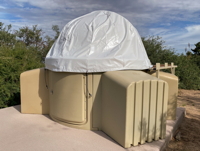 ON as there was rain in the forecast. It did rain on Sunday (0.02"). Beginning Tuesday afternoon, 21 February, there were periods of rain (0.46"). Wednesday, 22 February, dawned with strong wind and rain. Freezing rain began about 1000 MST, which turned to snow. A snowplow was out quickly in Oracle!
ON as there was rain in the forecast. It did rain on Sunday (0.02"). Beginning Tuesday afternoon, 21 February, there were periods of rain (0.46"). Wednesday, 22 February, dawned with strong wind and rain. Freezing rain began about 1000 MST, which turned to snow. A snowplow was out quickly in Oracle!
Total precipitation for the day was 0.52" but the snow was less than one inch accumulation. Thursday, 23 February, was partly cloudy after some early morning rain (0.09"), but mostly cleared late afternoon.
|
Open: Thursday, 23 February 2023, 1820 MST Temperature: 52°F |
Session: 1836 Conditions: Mostly clear |
Equipment:
12" f/8 LX600 w/StarLock
2" 24mm UWA eyepiece
Camera:
D850 DSLR
1828 MST: Dome Cover OFF.
1834 MST: LX600 ON, StarLock OFF, High Precision OFF.
Viewed Venus, Jupiter, and the crescent Moon, 102X.
I missed the close conjunction of the Moon and Jupiter on the previous night due to the overcast sky. This is how the Moon (with Earthshine), Jupiter, and Venus appeared this night. Taken with the D850 DSLR (f/4.5, 1/10sec, ISO 500, FL 70mm).
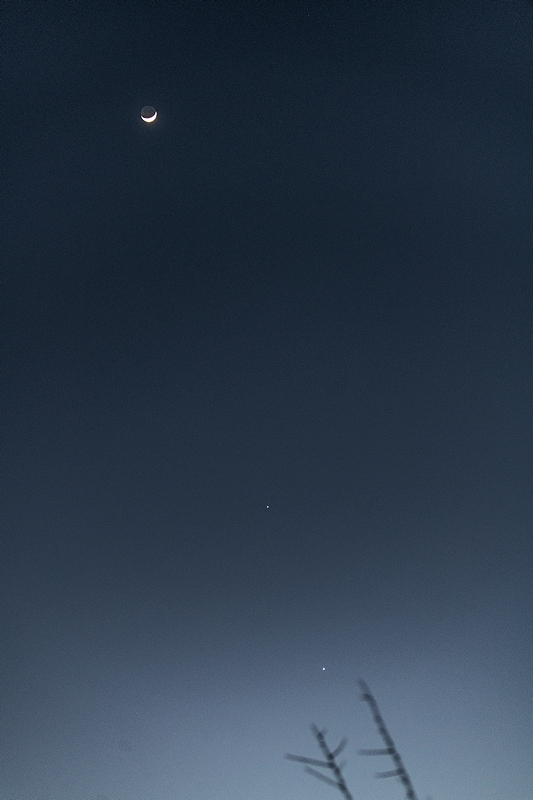
I then prepared the D850 DSLR for imaging and mounted the camera at prime focus of the 12" telescope. Took these images of the Moon, ISO 500, 1/250sec and 1 second, respectively.
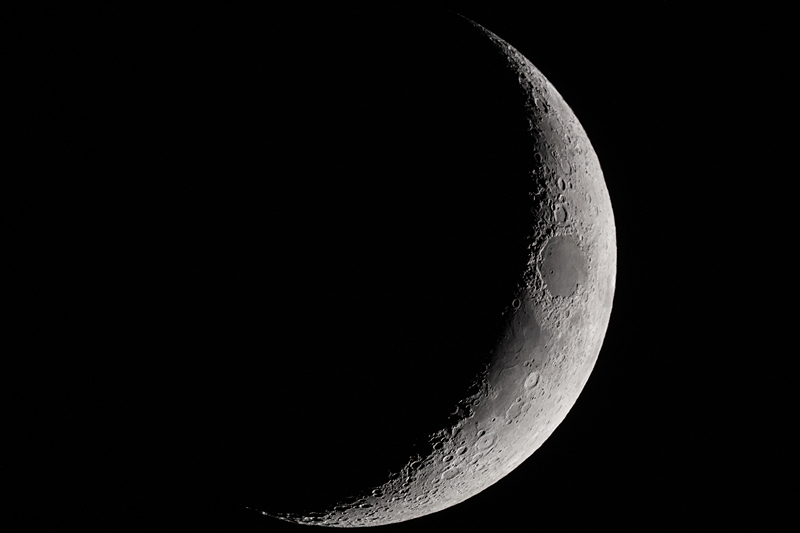
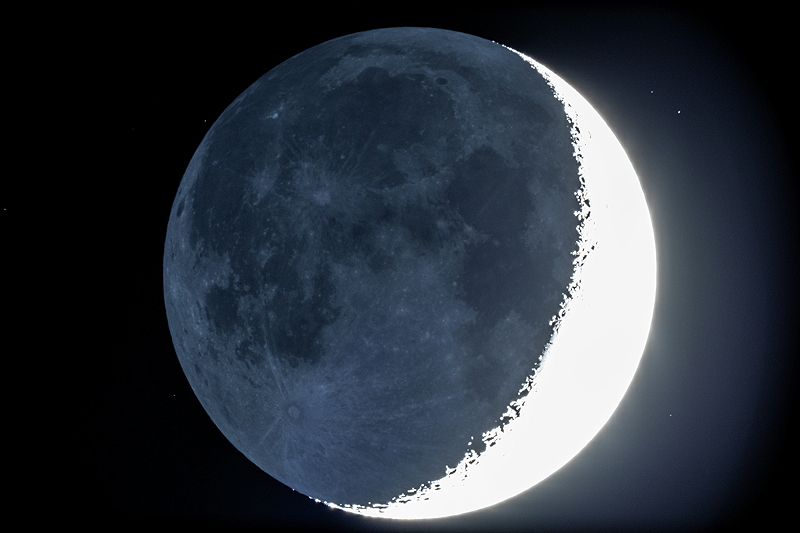
Next, slewed the telescope to the star Betelgeuse and began waiting for the sky to get darker. I focused on Betelgeuse using a Bahtinov Mask and locked the telescope mirror.
1909 MST: High Precision ON.
Slewed to NGC1022 (galaxy) to begin Herschel 400 galaxy imaging. I had planned to image seven galaxies before New Moon, but cloudy nights messed up that plan. With these galaxies getting lower in the western sky, the Moon getting brighter each night, and the forecasts for the next week not looking good, I decided I would need to image these galaxies this night.
1922 MST: StarLock ON.
Unfortunately, seeing was not good this night, making autoguiding erratic, and by 1948 MST some clouds had come in from the southwest. I had planned to take 5 minutes, ISO 3200, exposures for each galaxy, but most were ISO 4000 with approximately 2-3 minute exposures before autoguiding went bad. Many exposures were aborted after a few seconds due to the poor seeing. Here are the results of this night's session.
NGC1022 (galaxy)

NGC1052 (galaxy)
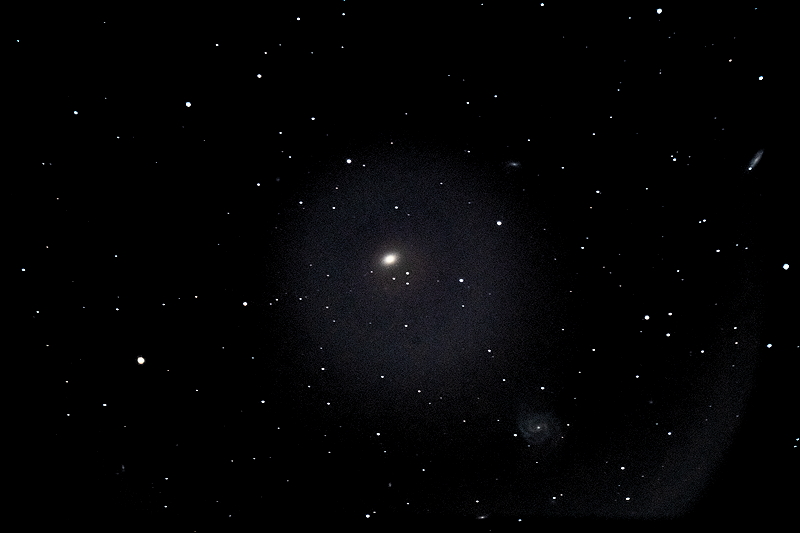
NGC1055 (galaxy)
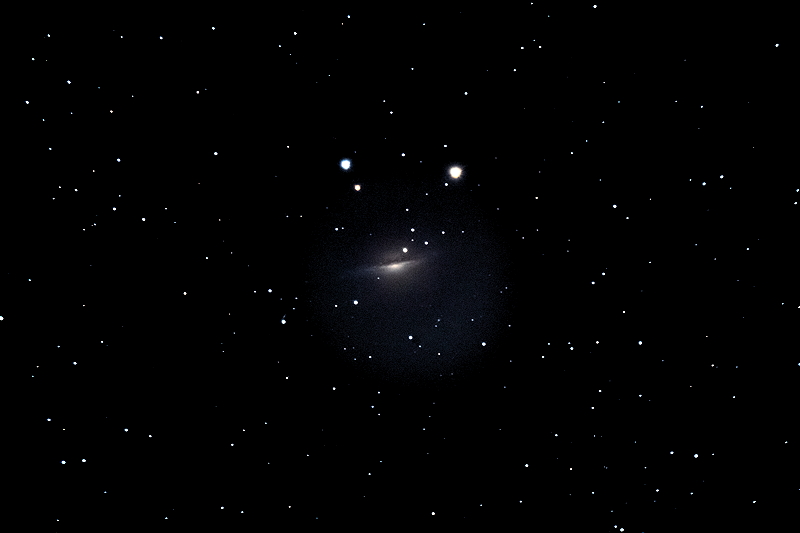
NGC1084 (galaxy)
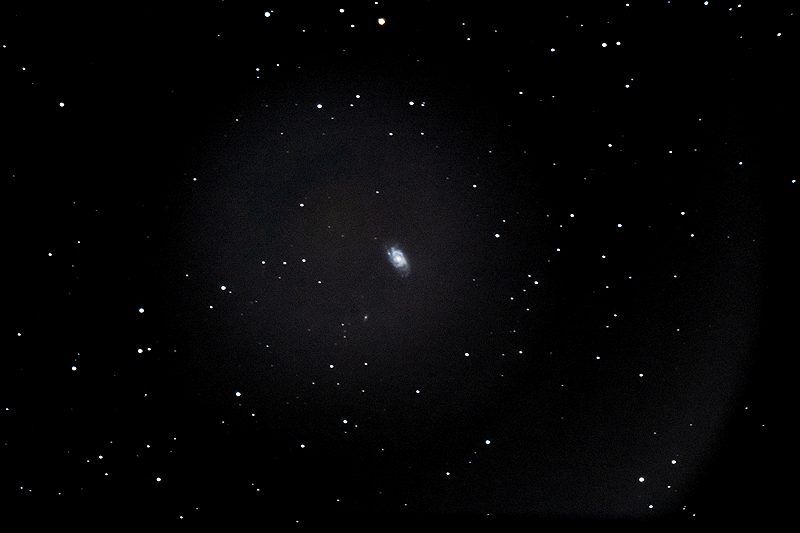
NGC1407 (galaxy)
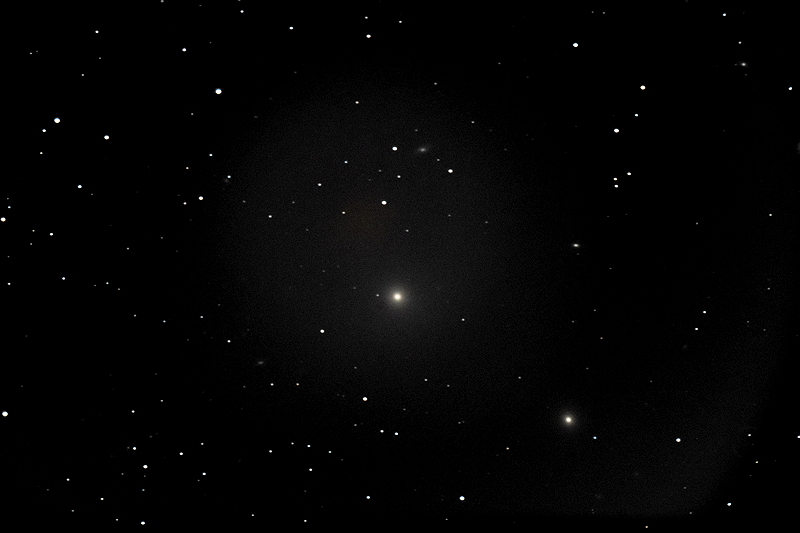
NGC1961 (galaxy)
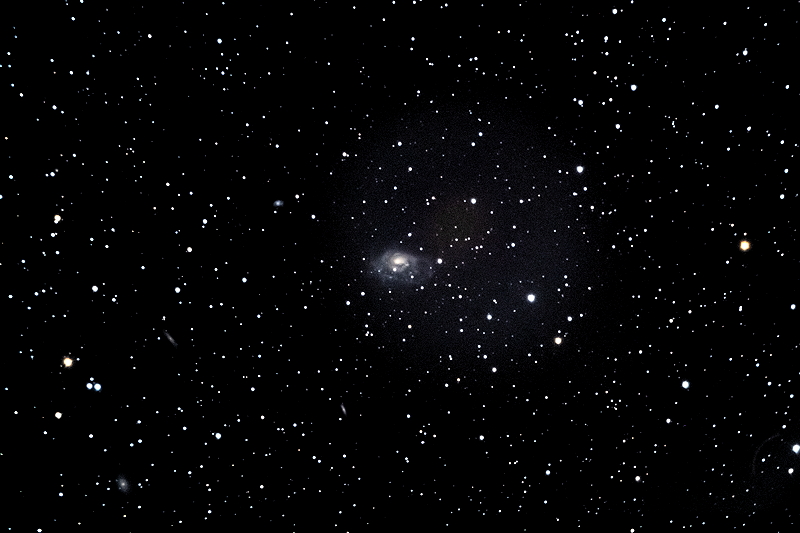
NGC1964 (galaxy)
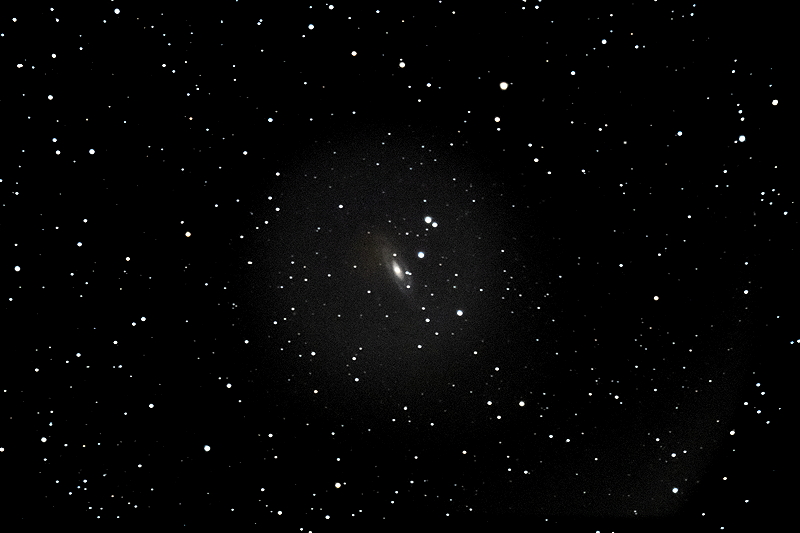
But at least I got some images of these galaxies. I have now observed and imaged 110 objects in the Herschel 400 Catalog since starting this project in October 2022.
2051 MST: LX600 OFF.
|
Close: Thursday, 23 February 2023, 2103 MST Temperature: 39°F |
Session Length: 2h 43m Conditions: Mostly clear |
Comments are welcome using Email. Twitter users can use the button below to tweet this report to their followers. Thanks.
Cassiopeia Observatory Home Page
Copyright ©2023 Michael L. Weasner / mweasner@mac.com. Email Etiquette.
URL = http://www.weasner.com/co/Reports/2023/02/24/index.html
